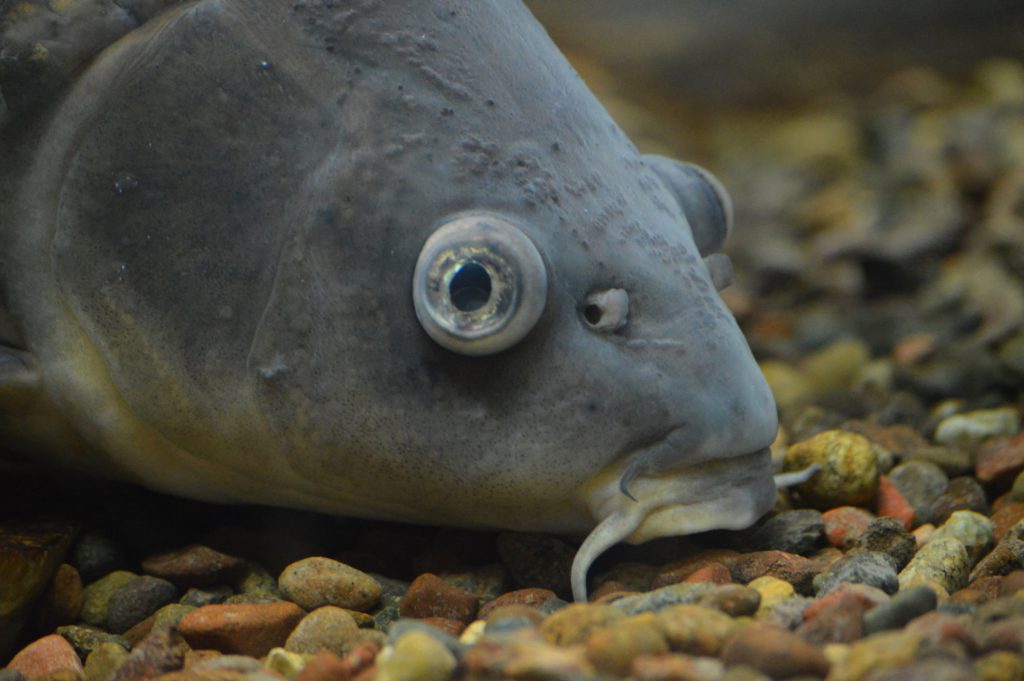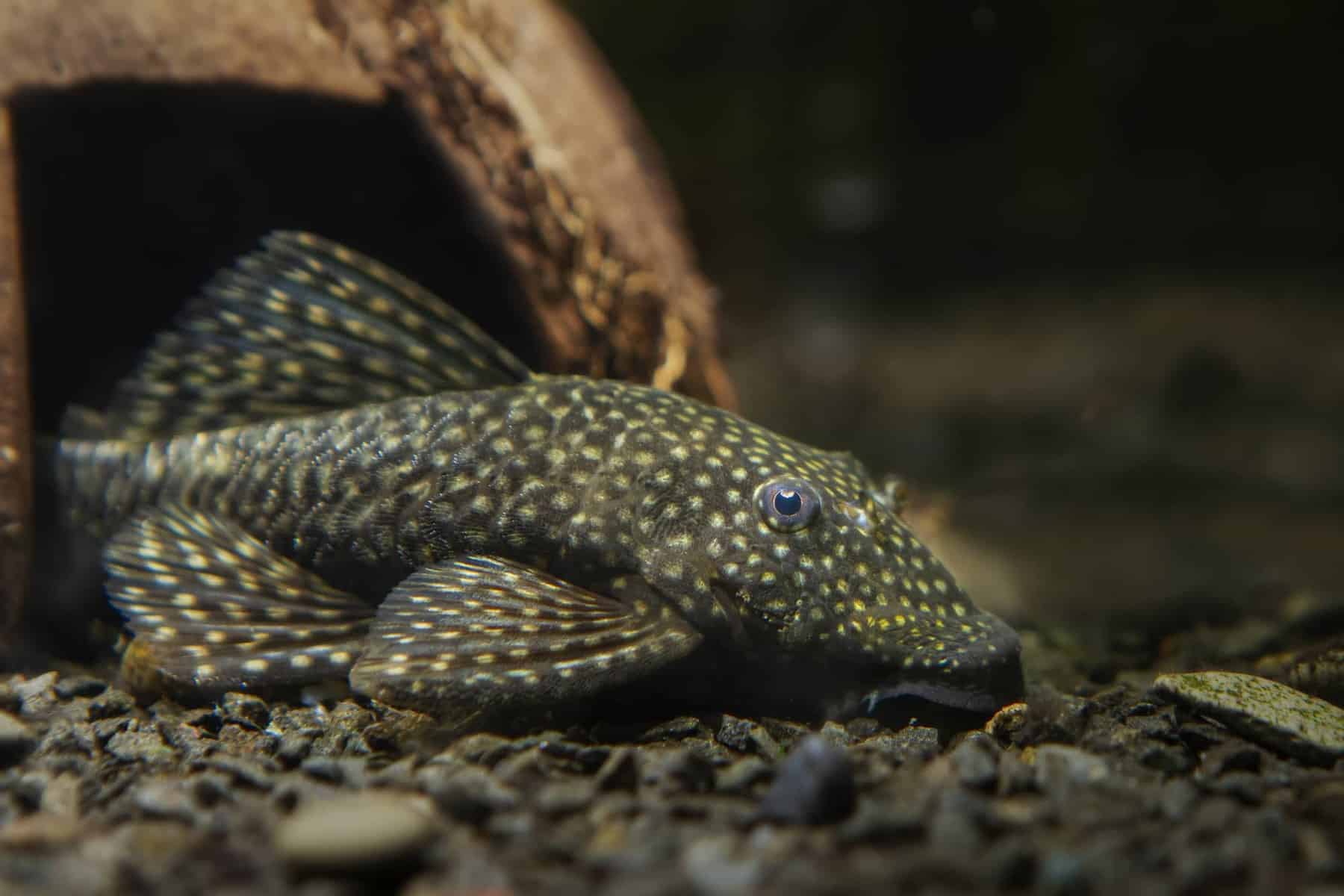
In the realm of aquatic ecosystems, where sunlight fades and shadows linger, bottom feeders thrive in an uncharted territory, playing a crucial role in maintaining the delicate balance of life. These fascinating creatures, often overlooked and misunderstood, have adapted to a life scavenging for food amidst the sediments and debris that settle on the underwater floor. Join us on an immersive journey into the depths of the aquatic world as we explore the captivating lives of bottom feeders, their diverse adaptations, and the vital roles they play in preserving the health of our waterways.
Introduction to Bottom Feeders: Masters of the Aquatic Underworld
Bottom feeders, also known as benthic organisms, encompass a vast array of aquatic creatures that have evolved to subsist on the detritus, decaying matter, and small organisms found at the bottom of water bodies. These resourceful inhabitants of the benthic zone, the lowest layer of the aquatic ecosystem, play a critical role in maintaining the health and stability of their underwater environments.
“Bottom feeders are often overlooked, but they are essential members of aquatic ecosystems,” says renowned marine biologist Dr. Emily Peterson. “They help to clean up the environment and recycle nutrients, which are vital for the health of all aquatic life.”
The Allure of Bottom Feeders: A Symphony of Adaptations
Bottom feeders have developed a remarkable array of adaptations to thrive in their unique underwater niche. These adaptations allow them to navigate the muddy and often dimly lit environment, locate food sources, and defend themselves from predators.
-
Sensory Adaptations: Bottom feeders often possess keen senses of taste and smell, enabling them to detect food sources amidst the sediments. Some species have elongated barbels or whiskers that help them navigate in murky waters and locate food by touch.
-
Feeding Mechanisms: Bottom feeders exhibit a diversity of feeding mechanisms tailored to their specific food sources. Some species have specialized mouthparts adapted for sifting through sand or mud, while others possess sharp teeth for crushing hard-shelled invertebrates.
-
Locomotion and Burrowing: Many bottom feeders have flattened bodies or fins that allow them to glide smoothly over the sediment. Some species have evolved burrowing abilities, enabling them to hide from predators and access food sources buried beneath the surface.
-
Defense Mechanisms: Bottom feeders face a variety of predators in their aquatic realm. Some species rely on camouflage or mimicry to blend in with their surroundings, while others possess venomous spines or the ability to release noxious substances to deter predators.

Types of Bottom Feeders: A Diverse Cast of Characters
The world of bottom feeders encompasses a remarkable diversity of species, each with unique adaptations and ecological roles. Let’s explore some of the most fascinating bottom feeders found in freshwater and marine ecosystems:
-
- Catfish: These whiskered wonders are ubiquitous bottom feeders in both freshwater and marine environments. Their elongated barbels aid in detecting food sources, and their diverse feeding habits make them crucial scavengers and detritivores.
-
- Sturgeons: These armored giants of freshwater rivers and lakes are bottom feeders that utilize their elongated snouts to sift through sediments for food. Their large size and unique feeding habits make them important players in maintaining water quality.
-
- Eels: These elongated, snake-like fish are common bottom feeders in both freshwater and marine habitats. Their flexible bodies allow them to navigate through crevices and burrows, while their sharp teeth enable them to consume a variety of prey.
-
- Flatfish: These bottom-dwelling fish, including flounders and halibut, have flattened bodies and camouflage patterns that allow them to blend in with the sandy or muddy seafloor. They ambush their prey, using their quick reflexes and sharp eyesight to capture unsuspecting invertebrates and small fish.
-
- Sea Stars: These radially symmetrical invertebrates are bottom feeders that utilize their tube feet to move across the seafloor and capture prey. They play a crucial role in controlling populations of invertebrates, such as sea urchins and mussels.
The Ecological Significance of Bottom Feeders: Unsung Heroes of Aquatic Ecosystems
Bottom feeders play a vital role in maintaining the health and balance of aquatic ecosystems. Their diverse feeding habits contribute to nutrient cycling, waste removal, and population control of various organisms.
-
Nutrient Cycling: Bottom feeders break down organic matter and detritus, releasing nutrients back into the water column. These nutrients are essential for the growth of phytoplankton and other primary producers, then forming the foundation of the aquatic food chain.
-
Waste Removal: By consuming decaying matter and organic waste, bottom feeders act as natural cleaners, then preventing the buildup of organic debris that can lead to water pollution and oxygen depletion.
-
Population Control: Bottom feeders prey on a variety of organisms, including invertebrates, algae, and even small fish. By keeping populations of these organisms in check, bottom feeders help to maintain a healthy balance within the aquatic food web.
-
Bioturbation: The burrowing and feeding activities of bottom feeders disturb the sediment, then promoting the exchange of nutrients and oxygen between the water column and the seabed. This process helps to maintain healthy water quality and prevent the buildup of harmful toxins.

-
-
Threats to Bottom Feeders: A Call for Conservation
Despite their vital role in aquatic ecosystems, bottom feeders face a number of threats:
- Habitat Destruction: The destruction of coral reefs, mangrove forests, and other vital habitats disrupts the feeding grounds and spawning areas of bottom feeders.
-
Pollution: Pollutants such as agricultural runoff, industrial waste, and oil spills can contaminate the water and sediments, impacting the health and reproduction of bottom feeders.
-
Overfishing: Unsustainable fishing practices can lead to the overexploitation of bottom feeder populations, disrupting the delicate balance of the aquatic ecosystem.
-
Climate Change: Rising water temperatures and ocean acidification can negatively impact the physiology and survival of bottom feeder species.

Conservation Efforts: Protecting Our Aquatic Guardians
Protecting bottom feeders is crucial for maintaining healthy and resilient aquatic ecosystems. Here are some key conservation efforts:
-
Habitat Protection: Efforts to conserve and restore coral reefs, then mangrove forests, and other vital habitats are essential for providing safe havens for bottom feeders.
-
Sustainable Fishing Practices: Implementing regulations and promoting sustainable fishing practices then can help to prevent the overexploitation of bottom feeder populations.
-
Pollution Reduction: Reducing pollution from agricultural runoff, industrial waste, and then other sources can significantly improve the health of aquatic ecosystems and protect bottom feeders.
-
Climate Change Mitigation: Combating climate change through greenhouse gas reduction strategies is crucial for ensuring the long-term survival of bottom feeders and then the health of our oceans.

Conclusion: Ensuring a Future for Bottom Feeders and Our Aquatic Planet
Bottom feeders, the often-unseen denizens of the aquatic depths, play a critical role in maintaining the health and balance of our waterways. By understanding their unique adaptations, ecological significance, and the threats they face, we can work towards their conservation and ensure a healthy future for our precious aquatic ecosystems. So, let us champion these fascinating creatures and embrace their vital role in safeguarding the future of our blue planet.
